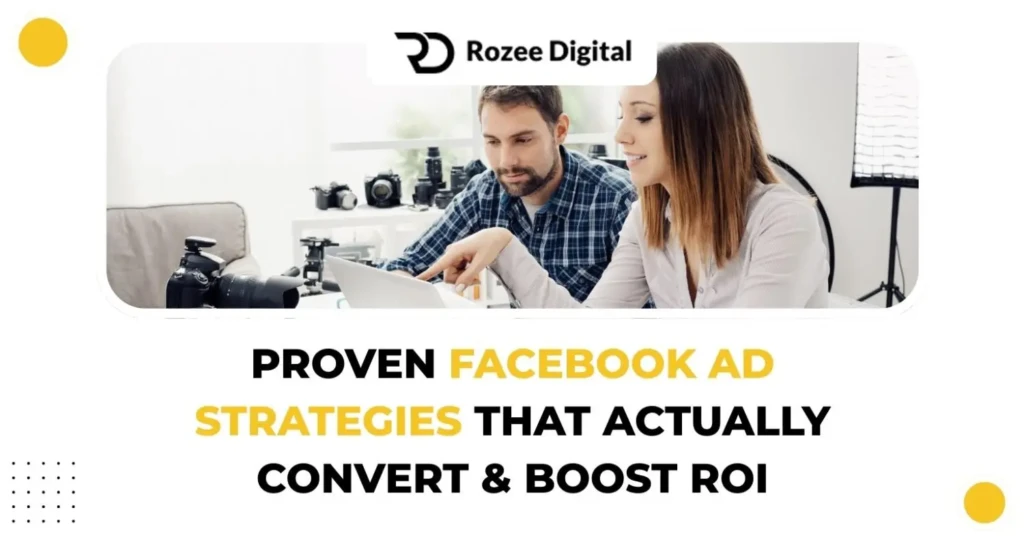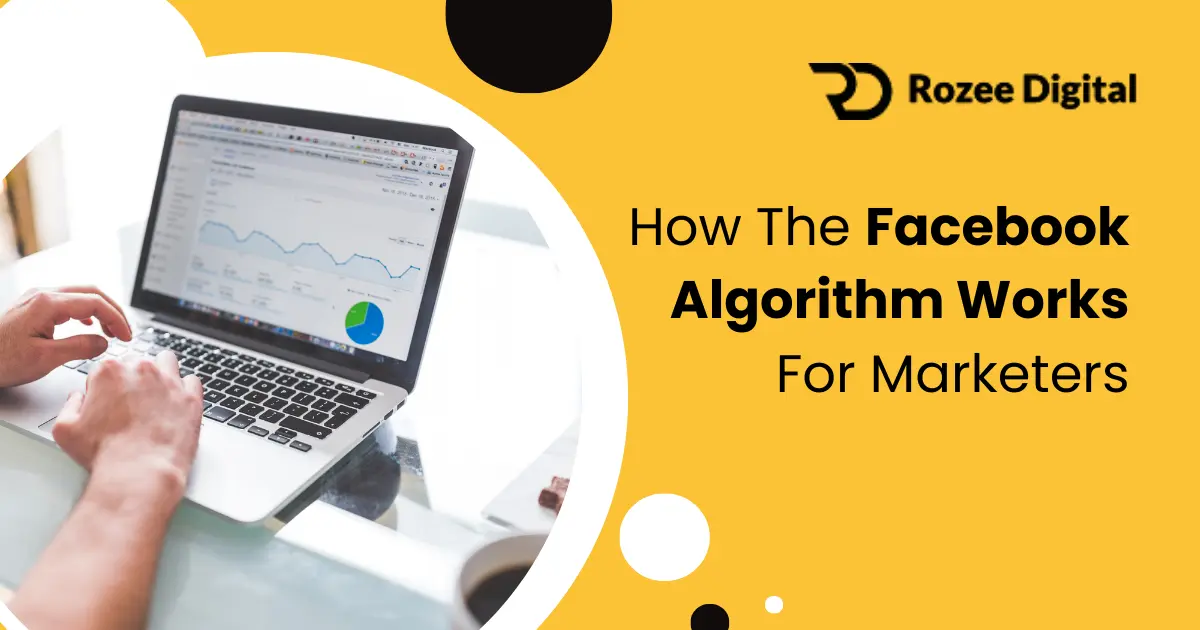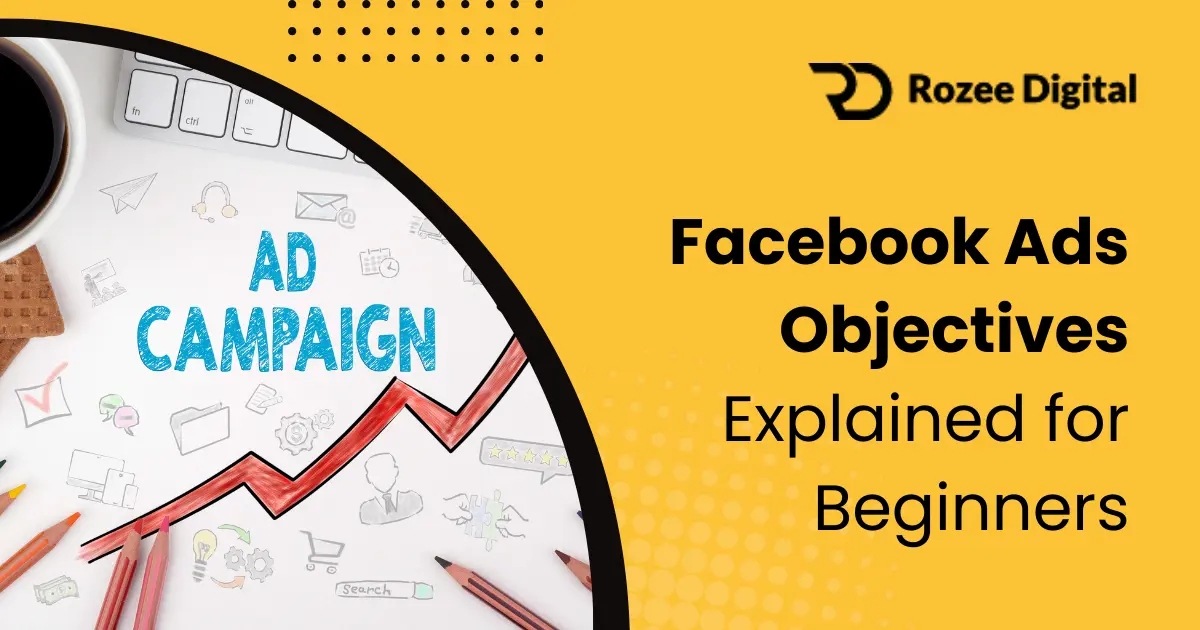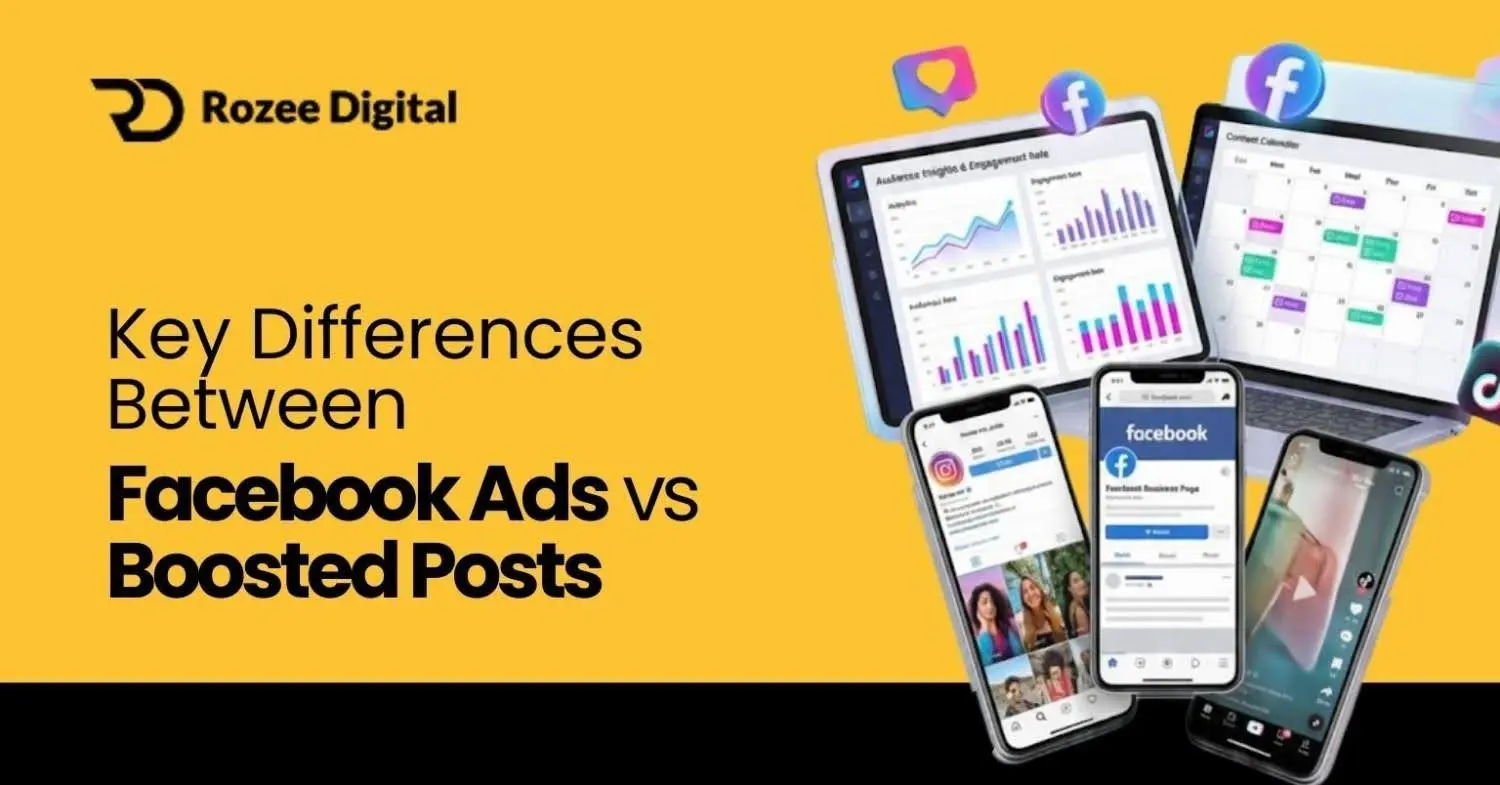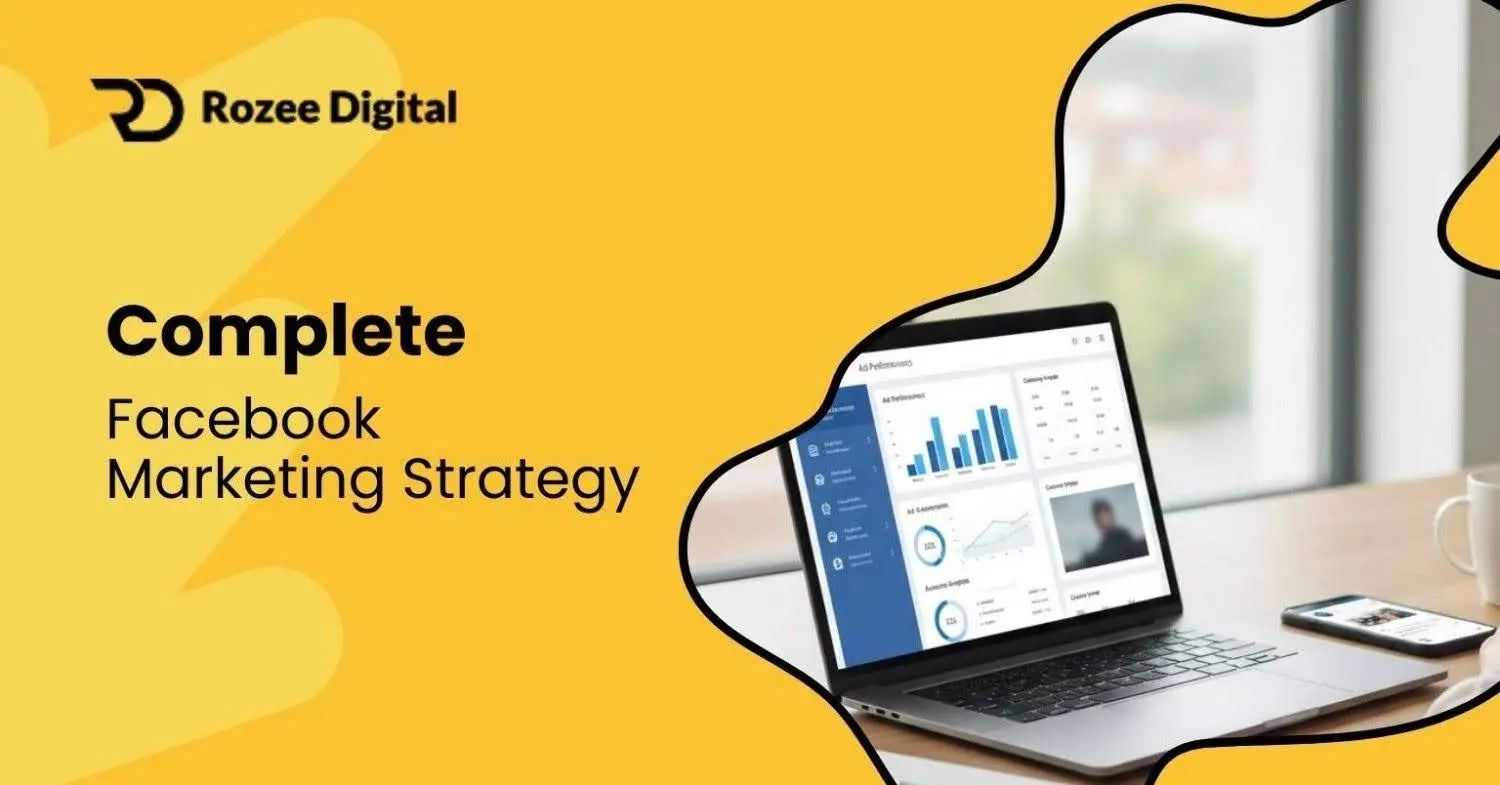In today’s highly competitive digital marketing landscape, businesses must continuously develop and refine their social media advertising strategies to stand out, connect with their target audience, and drive measurable results. As one of the most popular advertising platforms, Facebook offers immense potential for businesses to reach and engage with their ideal customers. With its vast and diverse user base, it is crucial for marketers to employ proven and effective strategies to create Facebook ads that truly convert.
One such approach is to implement conversion funnels and realistic buyer personas, which can help tailor ad messaging and offerings to specific audience segments. This allows marketers to provide relevant and enticing offers that resonate with their audience, thereby increasing the chances of successful conversions. Additionally, exploring various ad formats, writing styles, and targeting options can make the difference between lacklustre ad performance and a highly successful campaign that achieves desired results.
Incorporating these proven Facebook ad strategies into your marketing efforts can significantly improve your ad conversion rates, optimize your advertising budget, and effectively grow your business. Understanding and applying these tactics, based on reliable data and expert guidance, ensures that you create compelling ads that drive meaningful engagement and ultimately contribute to your business’s revenue and growth.
Boost your Facebook ad results, book your free strategy call now and start converting smarter. Call +447887880993 or contact us today.
What is Facebook Algorithms?
The Facebook algorithm is a complex set of rules that determines which content appears in a user’s News Feed and in what order. It evaluates every post, ad, and Story to provide each user with a personalized experience. To make the most of your Facebook ad strategies, it is essential to understand how the algorithm works and how to use it to your advantage.
Importance of Relevance Score
Relevance Score is a crucial aspect of the Facebook algorithm, as it directly affects the visibility and performance of your ads. This score is calculated based on various factors such as engagement, click-through rate, and any negative feedback on the ad. Ads with a higher Relevance Score are typically shown more often and have a lower cost per click, resulting in better performance.
To improve your ad’s Relevance Score, ensure that your target audience is well-defined and that the ad’s content is engaging and aligned with their interests. Testing multiple ad creatives and employing A/B testing can also help identify what works best to increase engagement and ultimately, the Relevance Score.
Want to improve your ad relevance and performance even more? Check out this complete content marketing guide for actionable strategies.
Identifying High Performing Posts
To further optimize your ad campaigns, it is essential to recognize high performing posts and understand what factors contribute to their success. By analysing key metrics such as engagement rate, reach, and conversions, you can detect patterns that drive higher performance in your ads.
Some key factors to consider when examining high performing posts include:
- Audience Targeting: Ensure your audience is segmented accurately to deliver relevant content that appeals to specific interests and preferences.
- Post Type: Identify which formats perform best in terms of engagement and reach whether it’s images, videos, or links to articles.
- Timing: Analyse the days and times when your audience is most active on the platform, aiming to publish your ads during these periods to maximize visibility and engagement.
Using Social Proof to Your Advantage
Social proof is a powerful marketing tool that can strengthen your Facebook ad campaigns. By showcasing satisfied customers, you can establish trust and increase user engagement, driving conversions effectively.
Boosting Shared Posts
One way to capitalize on social proof is by boosting shared posts. Encourage your existing customers to leave positive experiences on your social media pages, then boost those posts to increase visibility. By promoting these genuine testimonials through paid advertising, you’ll attract a wider audience and gain their trust as potential customers see how well your products or services have worked for others.
- Engage with customers and ask for their feedback
- Share positive experiences on your social media pages
- Promote these testimonials through paid advertising
Leveraging User-Generated Content
Another effective strategy is incorporating user-generated content into your Facebook ad campaigns. This content can include photos, videos, or reviews submitted by satisfied customers, making it more relatable to your target audience. By sharing this content as part of your ad campaigns, you can:
- Demonstrate real-life examples of your product in use
- Make your brand more relatable and authentic
- Encourage potential customers to post their experiences
User-generated content can greatly influence your ad conversion rates since it taps into the need for social validation and introduces an element of trust within your campaigns. Regularly ask your satisfied customers to share their experiences and showcase this content to strengthen your marketing efforts.
Implementing A/B Testing
Importance of Variations
Implementing A/B testing in Facebook ad strategies is crucial for optimizing ad performance and boosting conversion rates. By creating various ad versions with different images, text, audience targeting, or placements, advertisers can identify which combinations work best for their goals.
One effective method to utilize A/B testing is setting up a conversion funnel. This approach helps advertisers understand how different audience segments respond to their ads. Additionally, having realistic buyer personas and segmenting the audience enables marketers to make relevant offers, increasing the likelihood of conversions.
Understanding Successful Elements
A successful A/B test involves comparing ads and identifying the best campaign strategies. Meta Ads Manager allows you to set up A/B tests, where on average, winning A/B tests have shown a decreased cost per result (CPR) by over 30% compared to losing ads.
For the most reliable results, it’s recommended to run A/B tests for a minimum of 7 days. This time frame helps avoid inconclusive results. When creating an A/B test, it’s essential to have a clear hypothesis on what variable you’re testing, such as ad images, ad text, audience, or placement.
Research has found that campaigns using both static images and video achieved a conversion lift at a 17% higher rate compared to campaigns with just static images. This insight supports the value of testing different creative formats to understand which elements are most effective in driving conversions.
Harnessing the Power of Videos
Videos have become an essential part of successful Facebook ad strategies, as they capture users’ attention and effectively convey messages. To harness their power, it is crucial to create engaging content while keeping in mind the unique attributes of the Facebook platform.
First, optimize videos for silent playback, as Facebook videos auto play with the sound off. Utilize captivating visuals and on-screen text to communicate your message and entice viewers to enable sound. When sound is turned on, be sure it offers additional value to viewers, further enhancing the experience source.
Second, consider incorporating in-stream video ads into your strategy. Similar to YouTube ads, these show up during the playback of another video, allowing you to extend your message’s reach. Due to their interruptive nature, ensure your in-stream video ads are compelling and relevant to the content they accompany source.
Another approach is to borrow elements from news-style videos. Since 43% of Facebook users consume news on the platform, this format can attract viewers and increase the likelihood of organic shares source. Presenting your content in a news format can also lend credibility to your message.
Lastly, when promoting your video with Facebook Ads, select a campaign objective aligned with your goal, such as attracting new customers, engaging with current visitors, or nurturing leads source. This will ensure the most effective targeting and results for your campaign.
By implementing these video-centric strategies on Facebook, advertisers can effectively harness the power of videos to drive conversions and accomplish their goals.
Retargeting Strategies
Retargeting is a powerful technique used to re-engage users who have previously interacted with your brand. By utilizing Facebook retargeting ads, you can boost conversions and maximize the effectiveness of your campaigns. In this section, we’ll discuss two essential sub-strategies for retargeting: Custom Audience Creation and Dynamic Product Ads.
Custom Audience Creation
Custom Audiences allow you to target specific groups of users based on their previous actions, such as visiting a website, viewing a product, or abandoning a shopping cart. By segmenting your audience into distinct groups, you can deliver relevant ads, offers, and messages that resonate with their needs.
Creating a Custom Audience is simple and starts with defining your target audience. For example, you may wish to create an audience of users who have visited your website in the past 30 days but haven’t made a purchase. To build such an audience, you would need to:
- Go to Facebook Ads Manager and click on Audiences.
- Select Create Audience and choose Custom Audience from the dropdown.
- Select Website as the source and define your audience based on their website interactions.
- Name your custom audience for easy identification and click Create Audience.
With a Custom Audience in place, you can tailor your retargeting efforts to address the specific needs of these users and increase the likelihood of conversions.
Dynamic Product Ads
Dynamic Product Ads (DPAs) are an impactful way to automatically promote your products to users who have previously expressed interest in them. DPAs allow you to display personalized product ads based on the user’s browsing history, ensuring that your ads are highly relevant and engaging.
To set up Dynamic Product Ads, follow these steps:
- Ensure that your product catalogue is uploaded to Facebook Business Manager.
- Create a new ad campaign in Ads Manager with the goal of Catalogue Sales.
- Choose your catalogue and select the appropriate audience for the campaign (e.g., a Custom Audience).
- Customize the ad template with your desired creative elements, such as product images, headlines, and descriptions.
By using Dynamic Product Ads in combination with Custom Audience Creation, you’ll be able to deliver highly relevant ads to users who have already expressed interest in your products or services, increasing the likelihood of conversion and maximizing the effectiveness of your retargeting campaigns.
Influencer Marketing and Collaboration
Influencer marketing has become an essential component to a successful strategy. By working with social media influencers, brands can tap into their loyal followers and create a more authentic connection with their target audience. Organic endorsements promoting the brand’s products or services can help increase brand recognition and ultimately drive conversions.
Collaborating with influencers can come in various forms, such as sponsored social media content. Influencers create and post content promoting your brand on their social media accounts 2. This type of collaboration is popular because it allows brands to reach a larger audience. The influencer provides their unique style and perspective, leveraging their expertise and trust with their followers.
When selecting influencers to work with, it’s essential to choose those who have a compatible audience and niche with your brand. This ensures that the collaboration will be well-received and the influencer’s audience will resonate with your marketing message. It’s also important to establish clear expectations and goals for the collaboration, such as desired traffic, engagement, or conversion metrics.
In addition to sponsored content, there are other types of collaborations, such as brand ambassador partnerships or influencer takeovers on your brand’s social media accounts. These deeper levels of collaboration allow influencers to provide a more immersive experience for their followers, as they authentically represent your brand in a variety of ways. This can lead to increased trust and a stronger connection between the audience and your brand, ultimately driving higher conversions.
Scheduling and Posting at Optimal Times
One of the key strategies for Facebook Ad success is scheduling and posting at optimal times. It’s important to reach your target audience when they are most likely to be online and engaged. This increases the chances that your content will be seen, leading to a higher click-through rate and a more effective advertising campaign.
To determine the best times to post, analyse your audience demographics and engagement patterns. This can be done by reviewing Facebook insights or using third-party analytics tools. Pay attention to the days and times when your audience is most active on the platform. Use this information to schedule your posts accordingly.
When scheduling Facebook Ad posts, consider leveraging Facebook’s native scheduling features. By doing so, you can optimize your posting times without constantly monitoring your ad campaign. This also allows you to plan your content marketing strategy in advance, ensuring consistency and reducing the chances of missing opportunities to engage your audience.
In addition to posting at optimal times, experiment with the frequency of your posts. You want to strike a balance between staying in front of your audience and not overwhelming them with too much content. Testing different posting frequencies can help you find the sweet spot that maximizes engagement and conversion rates.
Lastly, don’t forget the power of testing various ad formats and content types. Videos, images, carousel ads, and links to blog posts can all have different results for your specific audience. By testing a variety of formats and content, you can better understand what resonates best with your target market and improve your overall ad strategy.
Implementing these scheduling and posting strategies can lead to more effective Facebook ad campaigns and, ultimately, higher conversion rates.
Conversion Tracking and Analytics
Facebook Insights
Facebook Insights is a powerful tool that provides valuable data on the performance of your Facebook ads. This data can be used to make informed decisions, optimize your campaigns, and ultimately improve your overall ad performance. Understanding key metrics like demographics, reach, engagement, and conversions can help tailor your ads to resonate with your target audience.
When using Facebook Insights, remember to continuously monitor and track these metrics as they provide a solid foundation for making necessary adjustments to your campaign strategy. This consistent evaluation will ensure that you are always optimizing your ads for maximum results.
Conversion Tracking Setup
Setting up conversion tracking on Facebook is crucial for measuring the effectiveness of your ad campaigns. Tracking conversions provides insights into which ads are driving valuable actions, such as website visits, form submissions, and purchases. To set this up, follow these steps:
- Install the Meta Pixel on your website to enable tracking of user actions after clicking on your Facebook ad. This tool records and sends data back to Facebook, enabling you to analyse the effectiveness of your conversion funnel. Refer to the Meta Pixel Implementation Guide for detailed instructions on how to install the pixel on your website.
- Define your conversion events. Once your Meta Pixel is installed, you need to choose the specific actions you want to track. These events can include actions such as “Add to Cart,” “Purchase,” or “Subscribe.”
- Assign a value to each conversion event. To analyse your return on ad investment, it’s essential to assign a monetary value to each conversion event. This allows you to understand which campaigns are generating the best value for your business.
- Create custom audiences based on your tracked conversions. With tracked conversion data, you can segment your audience more effectively, delivering personalized and relevant offers that increase the likelihood of conversions.
Following these steps will ensure that you properly set up conversion tracking for your Facebook ad campaigns, which is crucial to understanding their performance and making data-driven decisions in optimizing your strategy. By using both Facebook Insights and conversion tracking, you will gain a deeper understanding of your ad campaigns’ performance and how to improve them for maximum ROI.
Conclusion
Implementing effective Facebook ad strategies can mean the difference between generating significant results and wasting precious resources. By applying these 17 proven strategies, advertisers can optimize their campaigns and improve conversions.
One key element to success is setting up a conversion funnel that guides prospects through the various stages of the buying process. Alongside this, creating realistic buyer personas and segmenting audiences allows for more relevant offers to be presented to potential customers.
Another noteworthy approach is the use of different Facebook ad formats tailored to specific business goals. For example, video ads have become increasingly popular and effective due to the large volume of video content consumed daily on the platform.
Additionally, it is crucial to leverage the power of microtargeting to hone in on specific audience segments based on their interests, behaviours, and demographics. This enables marketers to create highly relevant and tailored ads that have a higher likelihood of converting.
Finally, integrating Facebook ads with conversion tracking can provide valuable insights into campaign performance, helping advertisers make better-informed decisions and adjustments accordingly.
In summary, these proven strategies can contribute to a more effective and successful Facebook advertising campaign. By understanding and implementing these techniques, marketers can maximize their ad spend and achieve desired results.
Take your Facebook ads to the next level, book your free strategy call today! or directly Call +447887880993 and let’s craft campaigns that truly convert.
FAQs
Q.1: What are the best practices for creating high-converting Facebook ads?
To create high-converting Facebook ads, it’s essential to set up a conversion funnel, create realistic buyer personas, and segment your audience for relevant offers. Focus on targeting specific audiences and continually test and analyse different ad elements to improve performance.
Q.2: How can I optimize my ad copy to increase conversions?
Optimizing your ad copy entails using clear, concise language that speaks to your target audience’s pain points and needs. Experiment with different headlines, CTAs, and benefit-driven copy. Utilize A/B testing to determine which ad copy variations resonate most with your audience.
Q.3: What are the most successful ad types on Facebook?
There are several successful ad types on Facebook, including carousel ads, video ads, and lead generation ads. The most effective ad type for your business will depend on your goals and target audience. It’s crucial to test various formats to discover which ones yield the best results for your campaign.
Q.4: What are essential tips for designing ads that sell on Facebook?
Designing ads that sell on Facebook requires a balance between creativity and adherence to platform guidelines. Use high-quality, relevant images or videos that capture attention and communicate your message clearly. Ensure text is legible and follows the 20% text rule. Also, incorporate your brand identity and a strong call-to-action to prompt user engagement.
Q.5: How do I improve my Shopify Facebook ad strategy for better conversions?
To improve your Shopify Facebook ad strategy, first make sure you have the Facebook Pixel correctly implemented on your website to track and optimize conversions. Then, experiment with different ad formats, ad placements, and audience targeting options. Analyze your ad data and optimize your campaigns based on the insights you gather.
Q.6: What changes in Facebook ad rules should I be aware of in 2023?
Stay up-to-date with Facebook’s advertising policies, as they regularly update and modify their guidelines. Make sure your ads comply with the platform’s content, targeting, and positioning requirements. Monitor any updates to data privacy regulations that may affect your advertising practices. It’s a good idea to follow industry publications and Facebook’s own resources for the latest information on policy changes.


